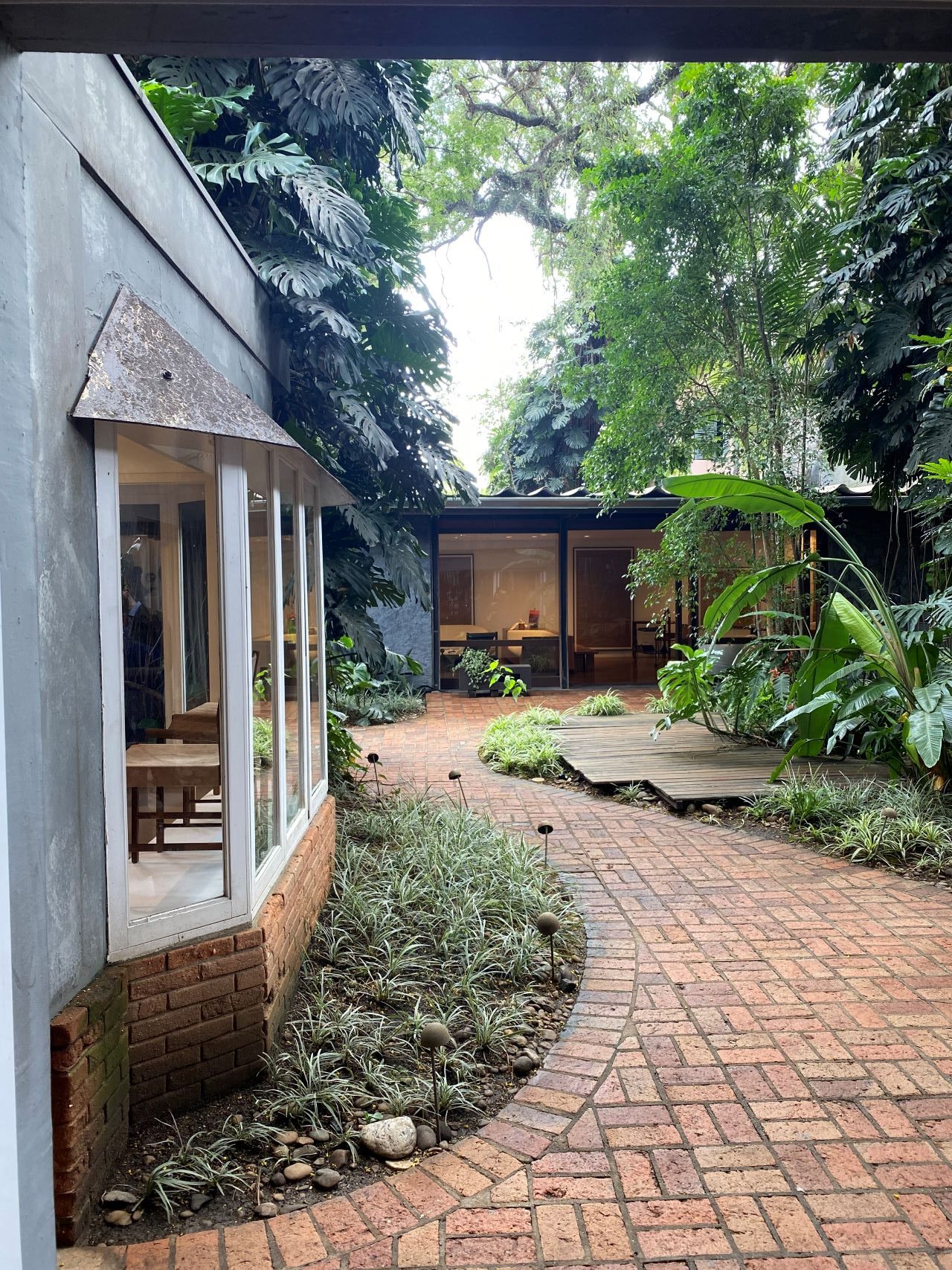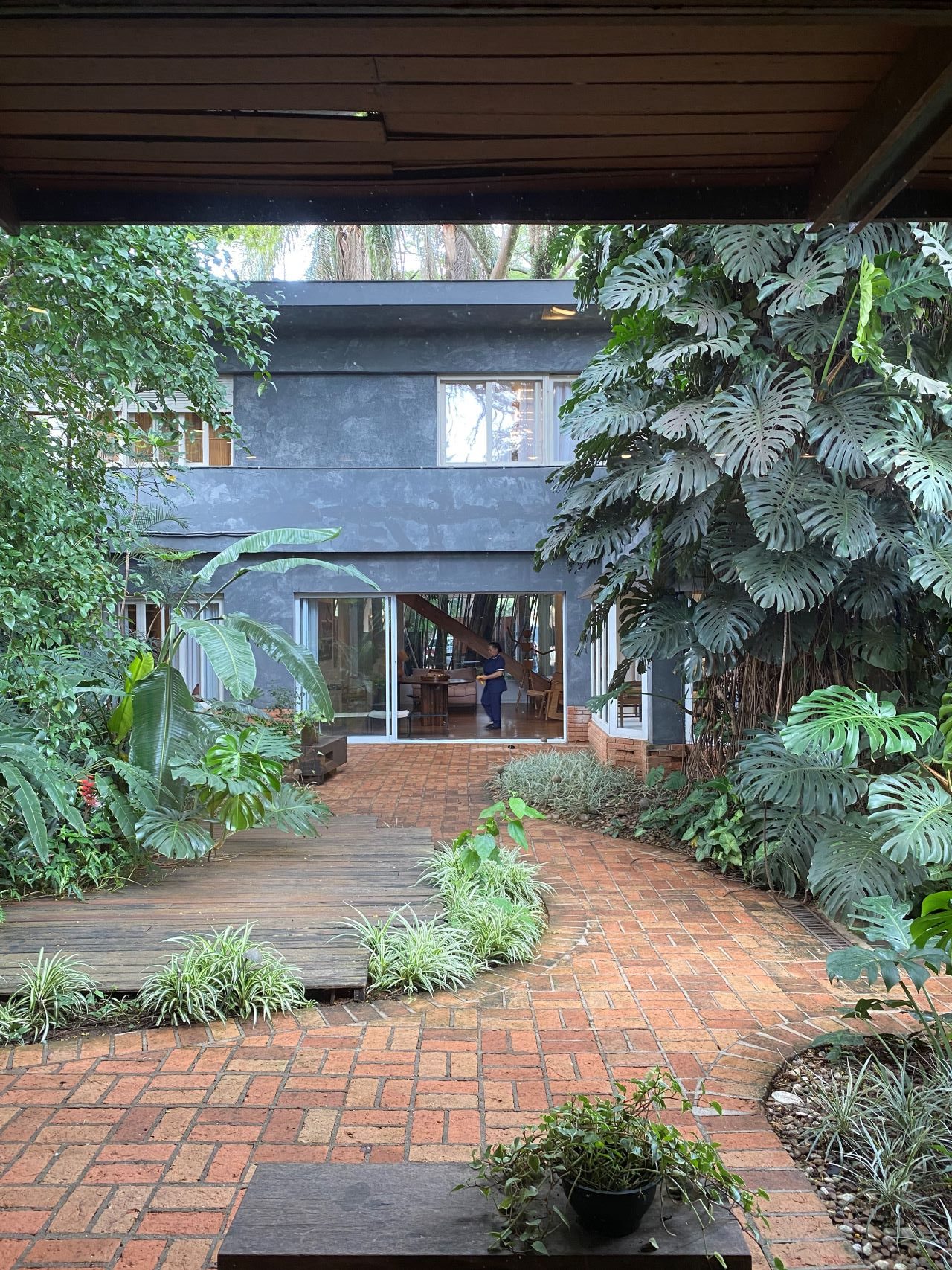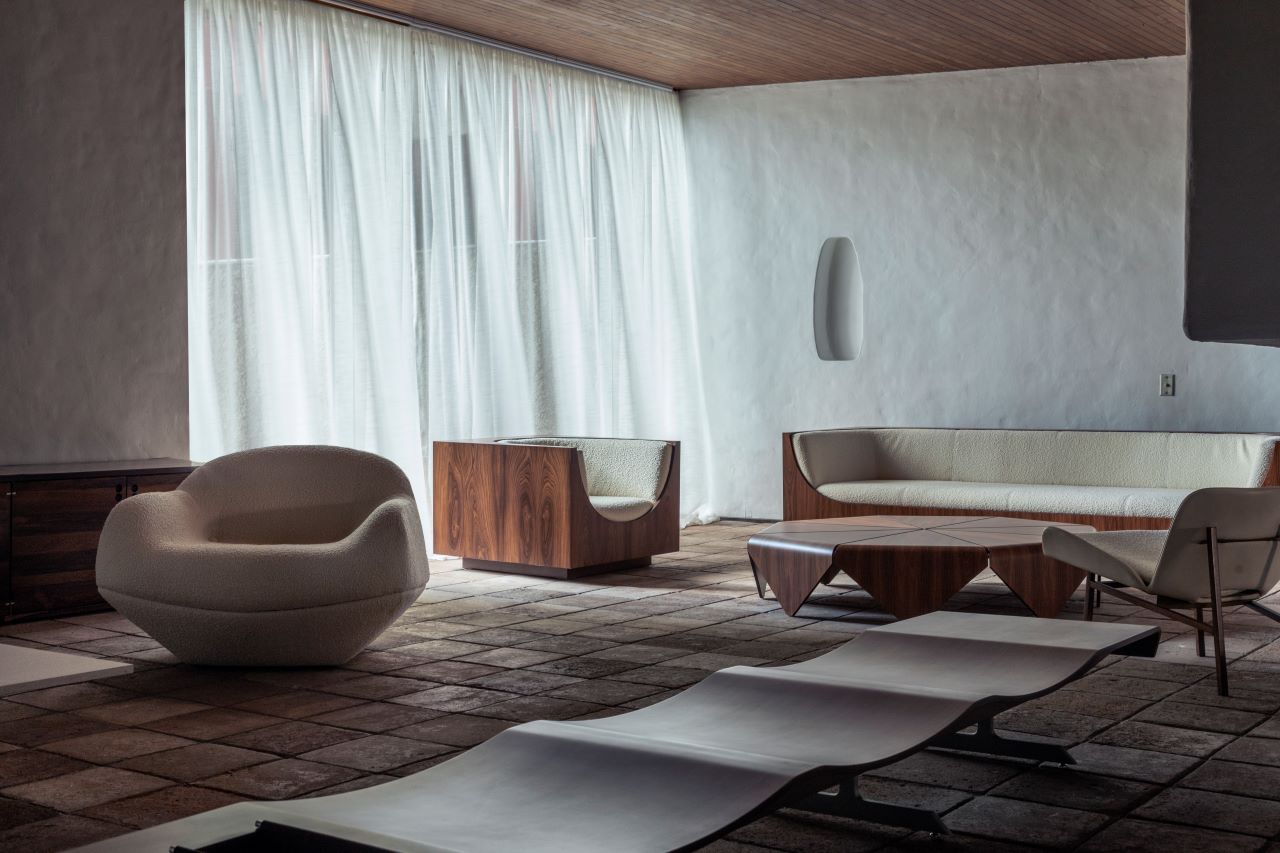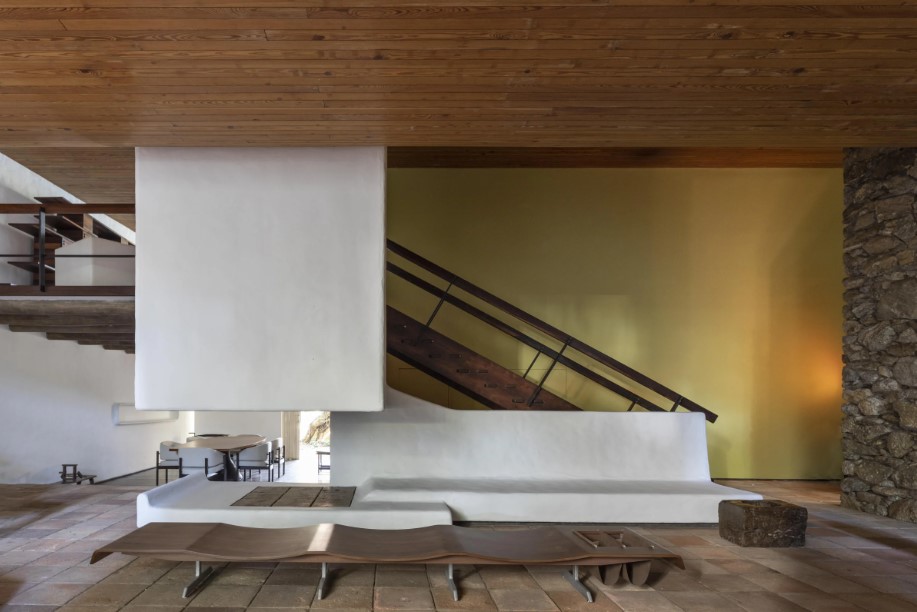Design speaks a universal language and is considered, all over he world, an important lever for raising awareness about the importance of valuing craft and for concentrating on local issues like cultural identify, respect for resources and sustainability. Even in São Paolo, a megalopolis with 20 million in habitants, the most highly-populated city in South America, design is a key asset for commercial development and cultural programming. Here design brands, furniture shops, museums and galleries have all share an awareness of the cultural value that the Modernist period left to the country.


Conscious of this historic legacy, they look to the future, seeking via numerous initiatives, to reactivate their own city. Etel, for example, is a design gallery that is located in a space created a few years ago in a neighbourhood that was away from the centre, that the gallery contributed to the redevelopment of. Led today by Lissa Carmona, the gallery shows pieces by Jorge Zalszupin, Lina Bo Bardi, Oscar Niemeyer e Giuseppe Scapinelli, to name just a few of the most important.

Another symbolic place in São Paolo is the Casa Zalszupin house and museum, named after the Brazilian master who died in August 2020, that was converted into a cultural space open to the public. Set in a tropical garden in the centre of São Paolo, Casa Zalszupin conserves the legacy of the Brazilian architect and celebrates his influence on the world of design.

A Brazilian emigrant of Polish origin, architect and designer Jorge Zalszupin was born in 1922. He came to Brazil in 1949 and designed the house for himself and his family, therefore having the freedom to experiment and unleash his own creative imagination. Since that time almost no restoration work has been carried out and the house stands as a faithful witness to the period when the architect was alive.







